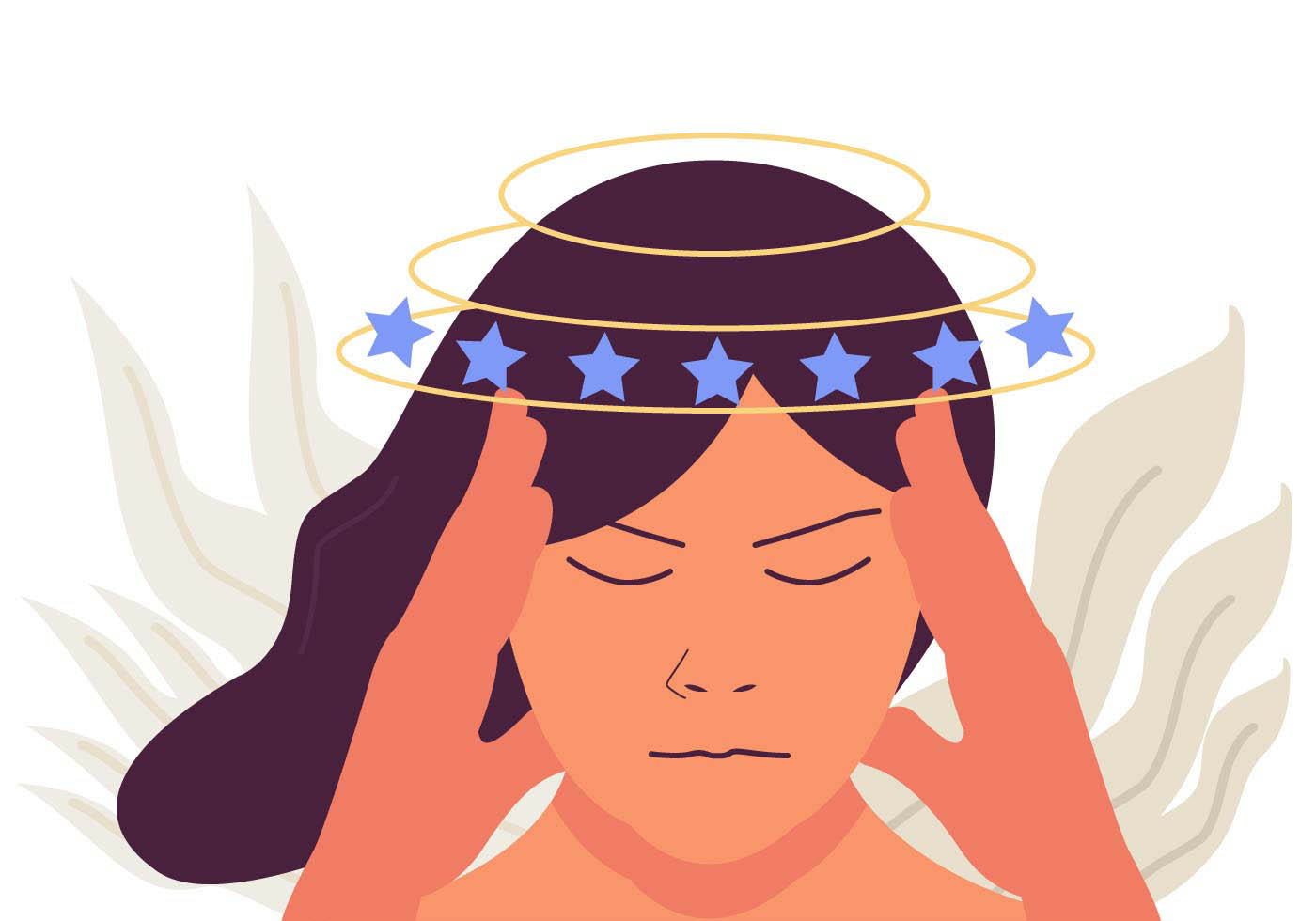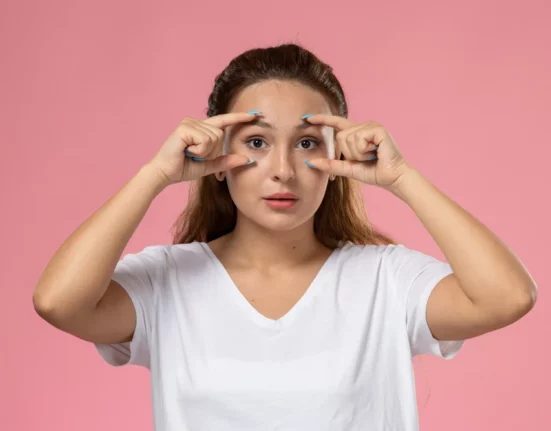Vertigo is a common condition characterized by a spinning sensation, feeling dizzy, & disoriented at times.
Vertigo symptoms are sometimes also accompanied by nausea, vomiting, & motion sickness.
Patients often feel that they or the world around them is spinning, & find it difficult to maintain their balance.
Vertigo can occur at any age, although it is more common among middle-aged adults.
Vertigo causes:
Vertigo is often caused by some inner ear problems. Some common causes of vertigo include:
- BPPV: BPPV, also known as Benign Paroxysmal Positional Vertigo, is the most common cause for vertigo among people. It occurs when tiny calcium crystals called canaliths, are dislodged from their original position, & get deposited in the semicircular canal of the inner ear.
Since these calcium crystals are motion-sensitive, they get activated every time a motion stimulant takes place.
This causes the brain to misinterpret signals from the inner ear, & lead to dizziness & disbalance.
BPPV can occur for no particular reason, & may also be associated with age.
- Meniere’s Disease: Meniere’s Disease is an inner ear disorder caused by a buildup of fluid in the inner ear. This buildup of fluid causes feelings of fullness or pressure in the ears, leading to dizziness, nausea, disorientation, & other symptoms of vertigo.
Meniere’s Disease also causes a ringing or buzzing sound in the ears, called tinnitus, along with a certain degree of hearing loss.
- Vestibular Neuritis & Labyrinthitis: Both these conditions, Vestibular Neuritis, & Labyrinthitis, are caused by various ear infections. The infection causes the vestibular nerve, which is responsible for transmitting balance-related information from the inner ear to the brain, to swell up.
The swelling causes dizziness, nausea, motion sickness, & other symptoms of Vertigo.
At other times, Vertigo may also be associated with the following conditions:
- A head or neck injury,
- Brain problems like a stroke or a tumor,
- Some medications that cause ear damage as a side effect
- Migraine headaches
Vertigo symptoms:
Vertigo symptoms are varied in nature, but most often are triggered by a change in the position of the head.
Vertigo patients often describe their symptoms as including:
- Spinning
- Tilting
- Swaying to one side
- Feeling unbalanced
- Pulled to one direction
Other vertigo symptoms can include:
- Feelings of nausea,
- Vomiting,
- Abnormal or jerking eye movements, also called nystagmus
- Headache,
- Sweating,
- Ringing in the ears, or temporary hearing loss
These symptoms can last anywhere between a few minutes to a few hours, & may also come and go.
Vertigo treatment:
Vertigo treatment usually depends on the exact condition that is causing it. In most cases, Vertigo goes away on its own without any treatment necessary. However, in some cases, Vertigo symptoms might persist for a long time & may need some treatment.
This happens because the brain is good at adapting to changes in the vestibular system, & works to fix the body’s original balance & posture.
It tries to rely on other mechanisms to make up for the loss of balance in the body.
When your doctor determines that Vertigo treatment is needed for your particular condition, there are many remedies for Vertigo available.
These Vertigo treatments include:
- Vestibular Rehabilitation: Vestibular Rehabilitation refers to a set of Vertigo exercises designed to restore the body’s vestibular system. The vestibular system is responsible for sending balance signals to the brain regarding the body’s position in space.
Vestibular Rehabilitation is recommended for patients whose Vertigo symptoms are especially severe, & hinder their daily activities.
It is also recommended for patients who experience recurrent bouts of Vertigo. Vestibular Rehabilitation Therapy exercises are often performed under the guidance & supervision of a doctor or physiotherapist. The movements & exercises that come under it are safe, effective, & usually easy to perform.
- Canalith Repositioning maneuvers: Canalith repositioning maneuvers are a series of movements & exercises that are designed to help reposition the calcium crystals dislodged inside the inner ear. These exercises help move the crystals back to their original position so that they can be absorbed back into the body stream & restore the functioning of the body’s vestibular system.
Canalith repositioning maneuvers include the well-known Epley Maneuver, the Semont-Foster maneuver, & the Brandt-Daroff maneuver. These movements can be performed either at home, or under the supervision of a doctor or licensed practitioner.
- Medicines: In some cases, when vertigo exercises are not effective in Vertigo treatment, vertigo medicines may also be required to keep the symptoms in check.
These medicines may include anti-histamines, anti-nausea, anti-motion sickness, anti-dizziness, & anti-anxiety medications. For patients suffering from Meniere’s Disease, water pills, also known as diuretic, may be prescribed to reduce the fluid buildup inside the ear. - Surgery: In some extreme cases, if the patient’s Vertigo symptoms don’t go away with all available vertigo treatment options, then surgery may be recommended. Surgery can help treat the underlying cause of the patient’s vertigo symptoms, & is usually the last resort of patients whose lives have long been affected by Vertigo symptoms.
It is costly compared to all the above mentioned Vertigo treatment options, but is usually successful in helping treat the Vertigo symptoms of these patients.






